Conor Clarke
Scenic Potential
24 April - 23 May 2015
Today our sight is a little weary, burdened by the memory of a thousand images… We no longer see nature, we see pictures over and over again. – Paul Cézanne, 1902.
“I am preoccupied with finding beauty in the unspectacular. I photograph piles of sand and dirt from construction sites around Berlin. I isolate these objects, then select and re-combine them into landscape compositions based on William Gilpin’s picturesque ideal.1
In this case, I consider the word landscape to mean the viewing of natural or urban environments in terms of their potential to be pictures. It describes one’s response to existing objects and scenes: one’s impression of them. While shooting recently next to the Berlin main train station, a man stopped to look at the subject in front of my camera. “It’s beautiful isn’t it…” he said, “…just like in the Alps!” He too saw the potential of these piles of earth that populate our city to recall immense and powerful landscapes.
I take photographs from sites under construction near my home, studio or workplace, to inform my study of the post-industrial picturesque. I seek escape by seeking variety, nature and beauty, exotic locations. But in doing so, I still find myself operating within the conventions of a genre, continually producing a learned view of mountainous landscape. This methodology challenges the novelty that I originally sought and I am intrigued with the result, an aesthetic of uniformity and sameness. These are landscapes of contradiction.
When the rain causes the sand to slip,
Leaving a trail,
A trace.
The surface takes on the appearance of one exposed to the elements,
It ages the object,
Bears down on it,
Gives it character.”
1. William Gilpin (1724 – 1804) was an English artist, Anglican cleric, schoolmaster and author, best known as one of the originators of the idea of the picturesque.
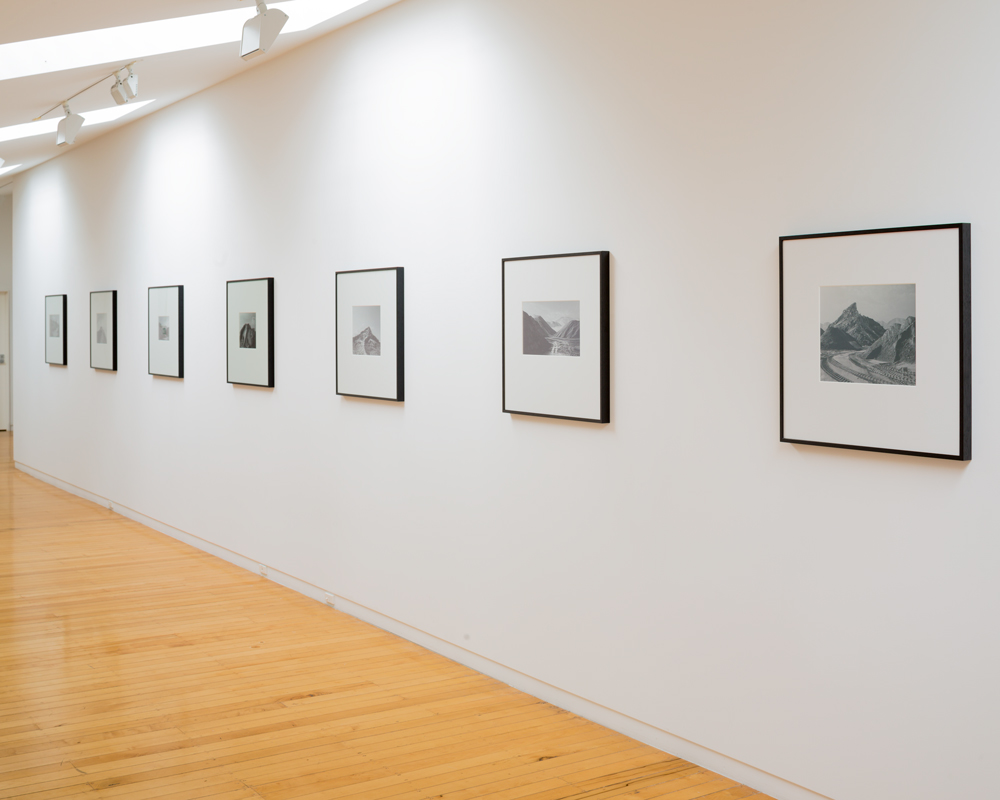
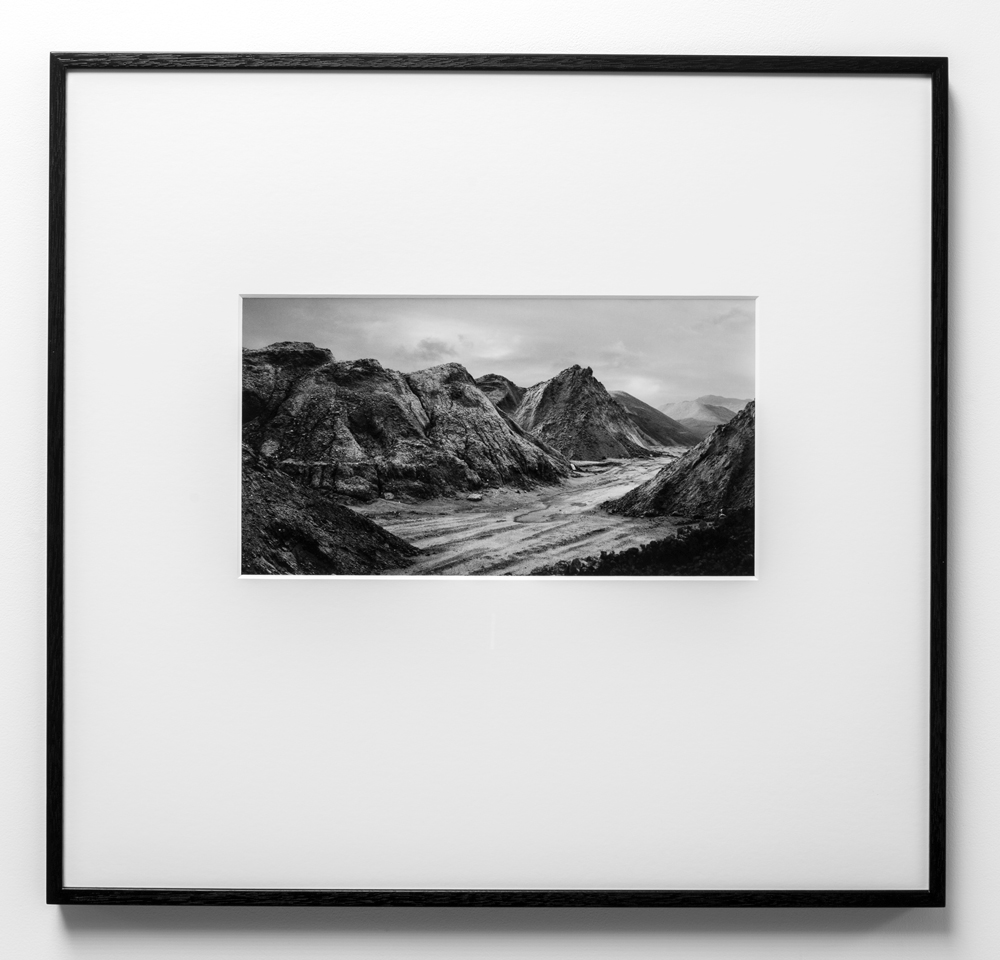
C-type print
217 x 400 mm unframed
edition 1 of 3
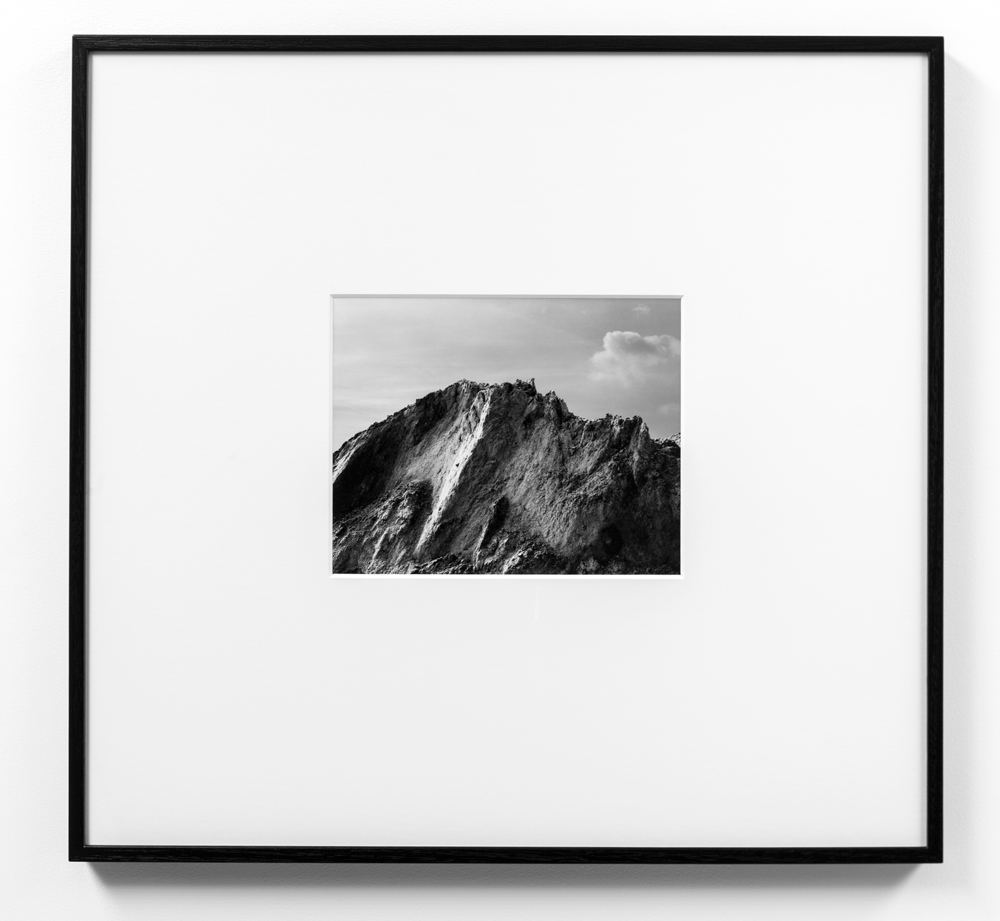
C-type print
222 x 280 mm unframed
edition 1 of 3
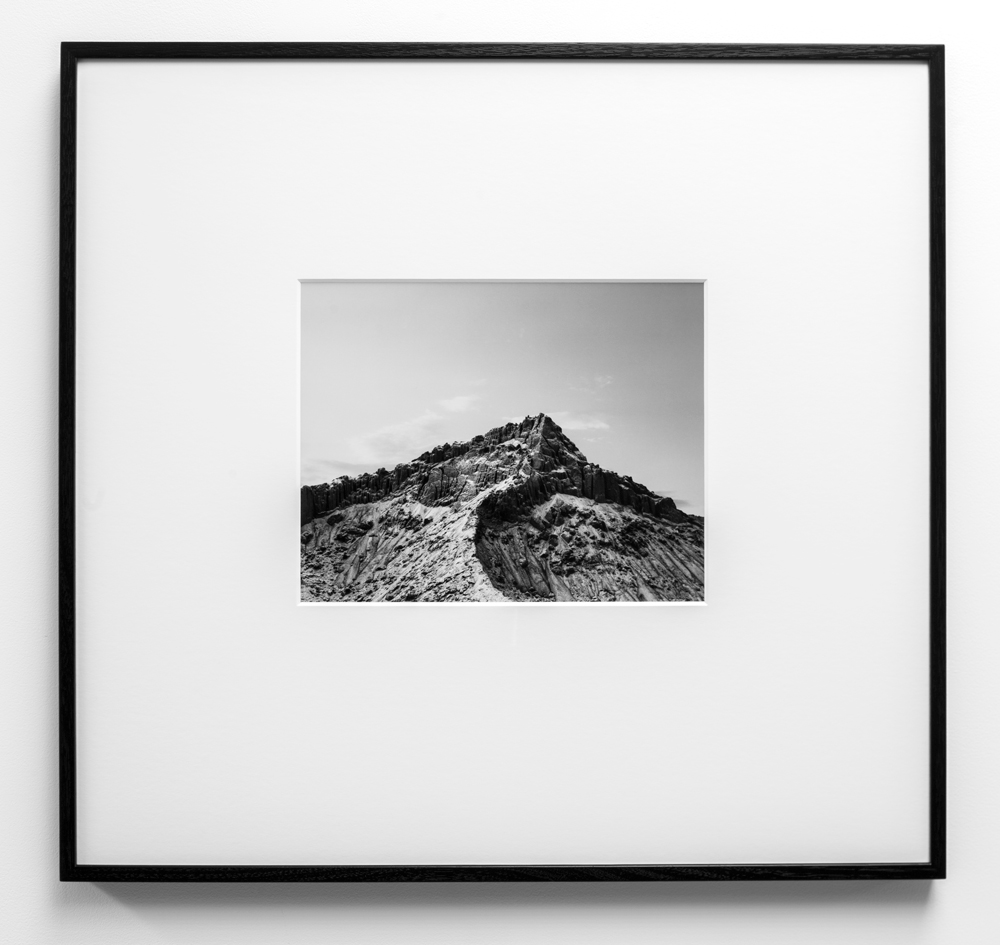
C-type print
258 x 320 mm unframed
edition 1 of 3
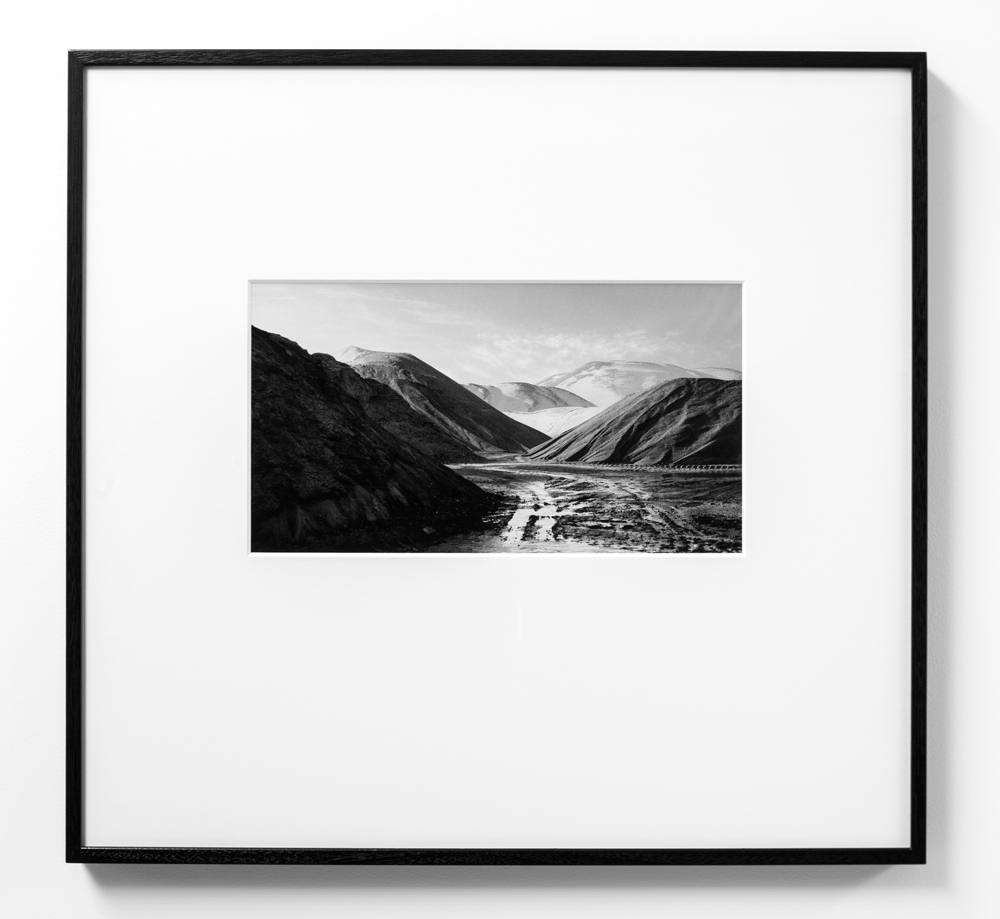
C-type print
221 x 400 mm unframed
edition 1 of 3
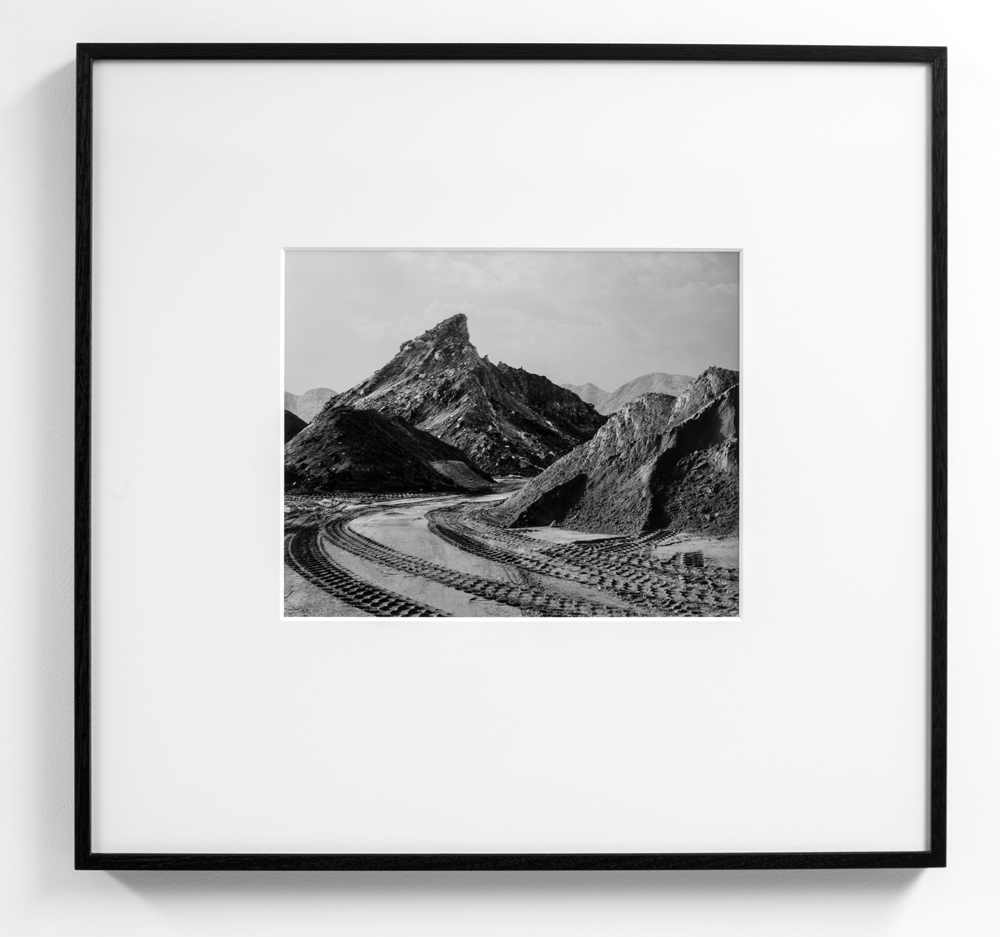
C-type print
305 x 379 mm unframed
edition 1 of 3
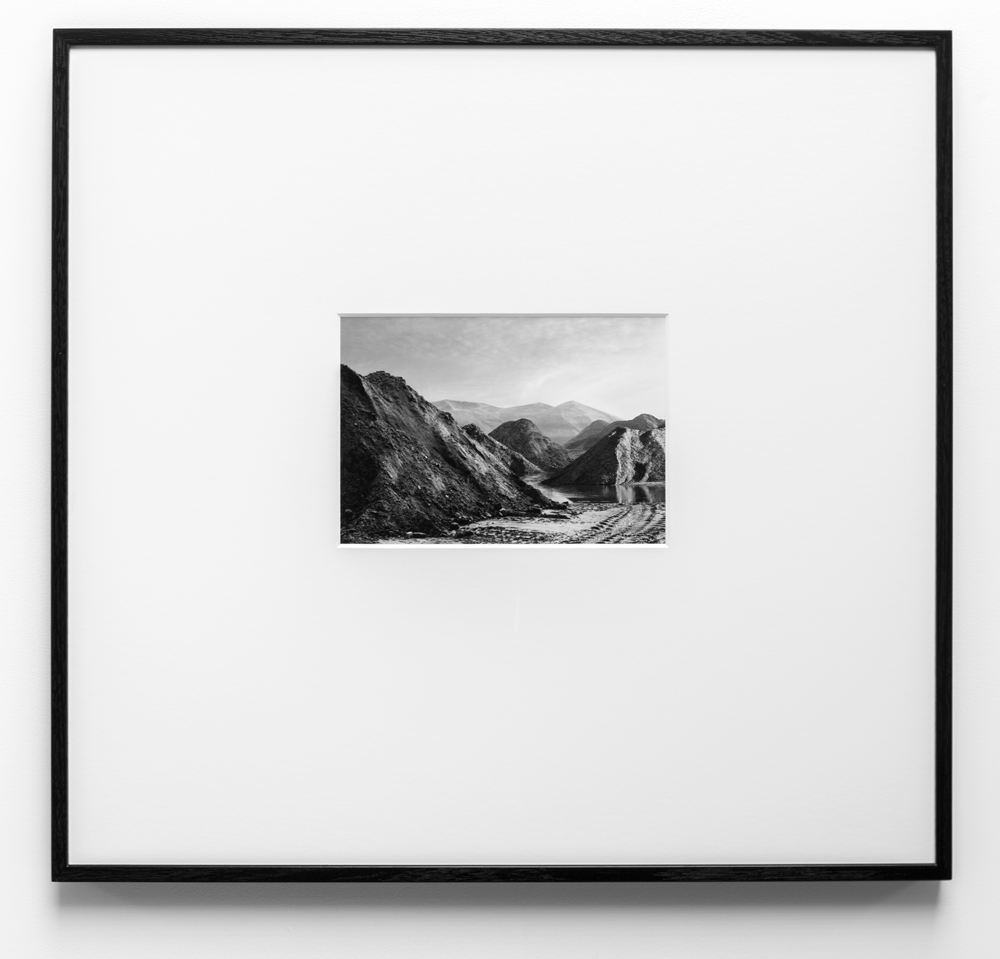
C-type print
179 x 254 mm unframed
edition 1 of 3
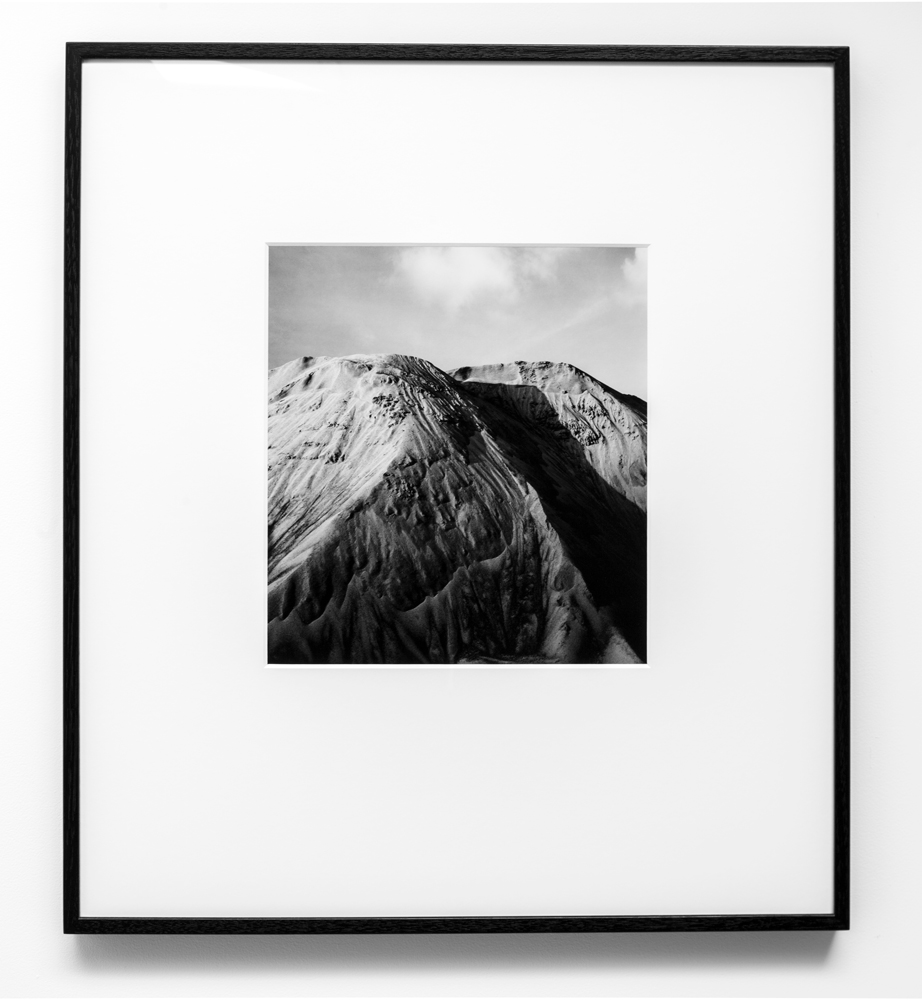
C-type print
330 x 300 mm unframed
edition 1 of 3